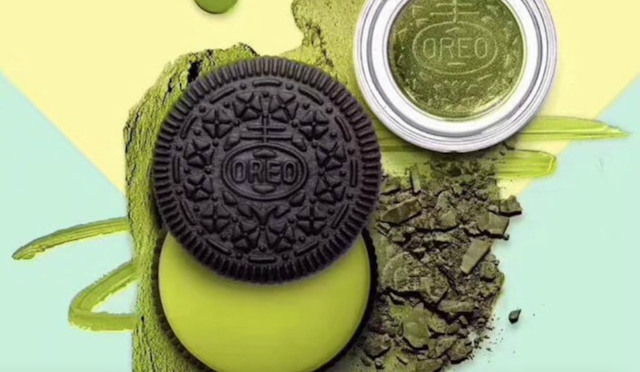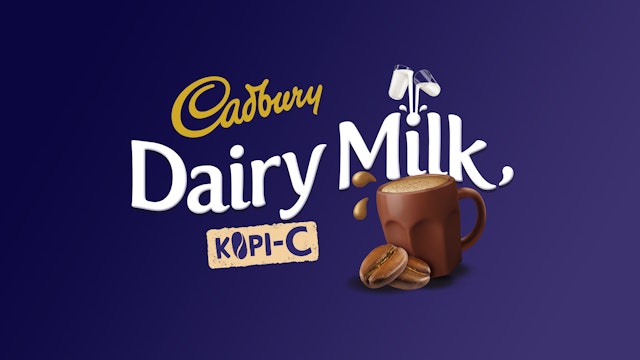
Advertisement

Pringles has created a raft of weird flavors to break into new markets / Adobe Stock
For The Drum’s Globalization Deep Dive, we take a look at some of the most unusual product flavors out there as big brands tap into local tastes to go global. Mushroom soup Pringles, anyone?
Different countries have different tastes. No surprise, of course, but what is surprising is the recent spate global product launches that sound awfully unappetizing depending on where you live in the world.
Many of the weird variants we look at below are of western brands trying to tap into the Asia Pacific (APAC) markets. Yet some of these launches, such as the green tea KitKat, have been so surprisingly successful that they’ve subsequently been rolled out globally.
Advertisement
We’ll only likely continue to see more unusual products. After all, the global fast-moving consumer goods category (which includes snacks, candy and the like) is projected to reach $15,361.8bn by 2025, up from the $10,020bn it was worth in 2017, per Allied Market Research.
Giants such as Nestlé, P&G, PepsiCo, Coca-Cola and Unilever command the greatest share of the pie and are investing heavily in markets including China, India and Japan to keep finding growth. To win here, they’ve had to get clever with products by introducing localized variants to their popular ranges. The Drum has put together a menu of some of the most interesting offerings.
Pringles has created a raft of weird flavors to break into new markets. Some seem to make sense – ketchup flavor in Turkey, for example, or roast chicken and herbs in France, while serrano ham flavor has been a winning combo for the brand in Mexico. Less likely to take off globally are its salt and seaweed, which launched in Thailand, or its mushroom soup variant from Japan and the crab flavor you can find on shelves in Russia.
Yet it is through these novel product developments that Pringles has managed to see its brand grow 9.8% to $910m in 2021 in the competitive snacks category.
Advertisement

KitKat is a textbook study in how to do brand extensions well. In Japan, there are more than 350 different flavor variants of KitKat, from cherry blossom to edamame bean to sweet potato, melon and peach. The Nestle brand’s strategy has been to play into the cultural tradition of ’omiyage’ where people bring back gifts from holidays or work trips.
KitKat has launched hundreds of flavors to reflect nuanced regional tastes, as well as seasonal specialties. One of the most popular has been its matcha green tea version, which became a social media sensation and saw the variant launched into the UK market in 2019.

In its quest to capture global consumer interest and transcend generations with its products, Oreo has been aggressively launching bold flavor combinations to markets. Kettle corn, cherry cola, fireworks and Peeps have made it on to supermarket shelves to great consumer delight, while in 2018 it hit headlines globally when it introduced hot chicken wings and wasabi flavors to Chinese consumers.
Justin Parnell, senior director for Oreo at Mondelez International, told the Association of National Advertisers’ 2019 Brand Masters Conference that the brand has “really gone beyond these moments around the kitchen table with kids” by getting inventive with its product rather than marketing.
The brand is increasingly using consumers to help guide its global product development strategy. In the US, the ’My Oreo Creation’ campaign asked fans to pitch their flavor ideas on Instagram and Twitter to stand a chance of them being made.

Cadbury-owner Mondelez has set out a strategy to capture the fast-growing middle-class market in APAC. It has set up R&D labs in Singapore, China, India and Indonesia to come up with new products that will capture consumer attention.
It was Dairy Milk Kopi C was Cadbury’s first-ever localized flavor. Launched in Malaysia and paying homage to the nation’s love of traditional coffee shops, known as kopitiam, the variant has a hint of coffee. Today, you’ll also find a mango version in India and a s’mores range in Australia.
For more on what marketers and their partners need to do to succeed on a global level, check out The Drum’s Globalization Deep Dive.